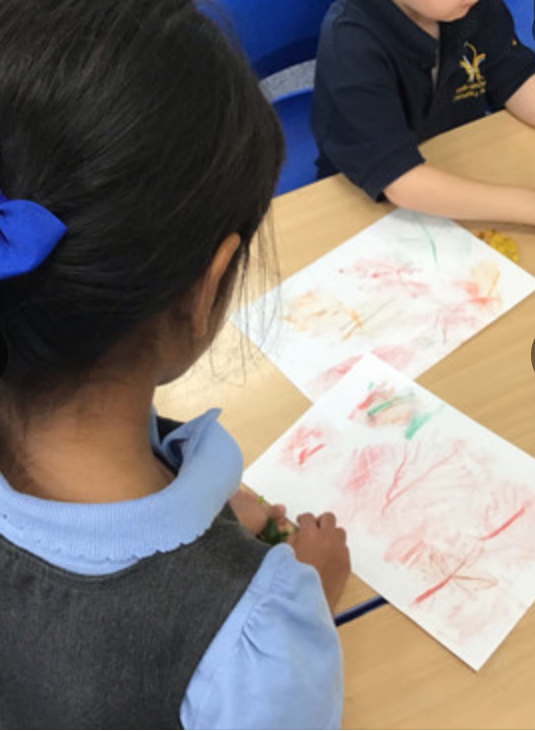Art
|
Why is Art important? |
||
|
Our Art curriculum provides pupils with knowledge about diverse artists, places, and periods of time in addition to a wide range of techniques. This knowledge enables pupils to experiment, invent and create their own works of art and design, reflecting the history, culture, creativity and wealth of the world. |
||
|
How is Art organised? |
||
| Great Artists and their Work | Historical and Cultural Art Forms | Art and Design Techniques |
|
Knowledge of significant artists and their artwork from different cultures and periods of time.
|
(Cross Curricular) Knowledge of the journey of art through time and place.
|
Knowledge of a wide range of techniques which enable pupils to invent, create and replicate works of art. *In some year groups, art techniques are combined with an additional Great Artist or piece of art e.g., Year 2 – Tones and Tints is taught via Rousseau |
|
What is taught and in what order? |
||
| Great Artists and their Work | Historical and Cultural Art Forms | Art and Design Techniques |
|
Flowers (Yr1) by Andy Warhol Tiger in a Tropical Storm (Yr2) by Henri Rousseau* Sunflowers (Yr2) by Vincent van Gogh Mona Lisa (Yr3) by Leonardo Da Vinci* Various (Yr4) by William Turner* Waterlillies (Yr5) by Claude Monet* Various designs (Yr5) by William Morris Self Portrait with Monkey (Yr6) by Freida Kahol* *Link to Art and Design Techniques |
Roman mosaic (Yr1 - History) Aboriginal (Yr2 - Geography) Clay Flowers (Yr3 - Science) River Sketches (Yr4 - Geography/ English) Rangoli Patterns (Yr5 RE/English) Propaganda Posters (Yr6 - History)
|
Colour mixing (Yr1) Tints and tones (Yr2) Proportion Yr3) Light and shade (Yr4) Movement (Yr5) Self portrait (Yr6)
|
|
What will this include? What will I see in an Art lesson? |
||
|
||


